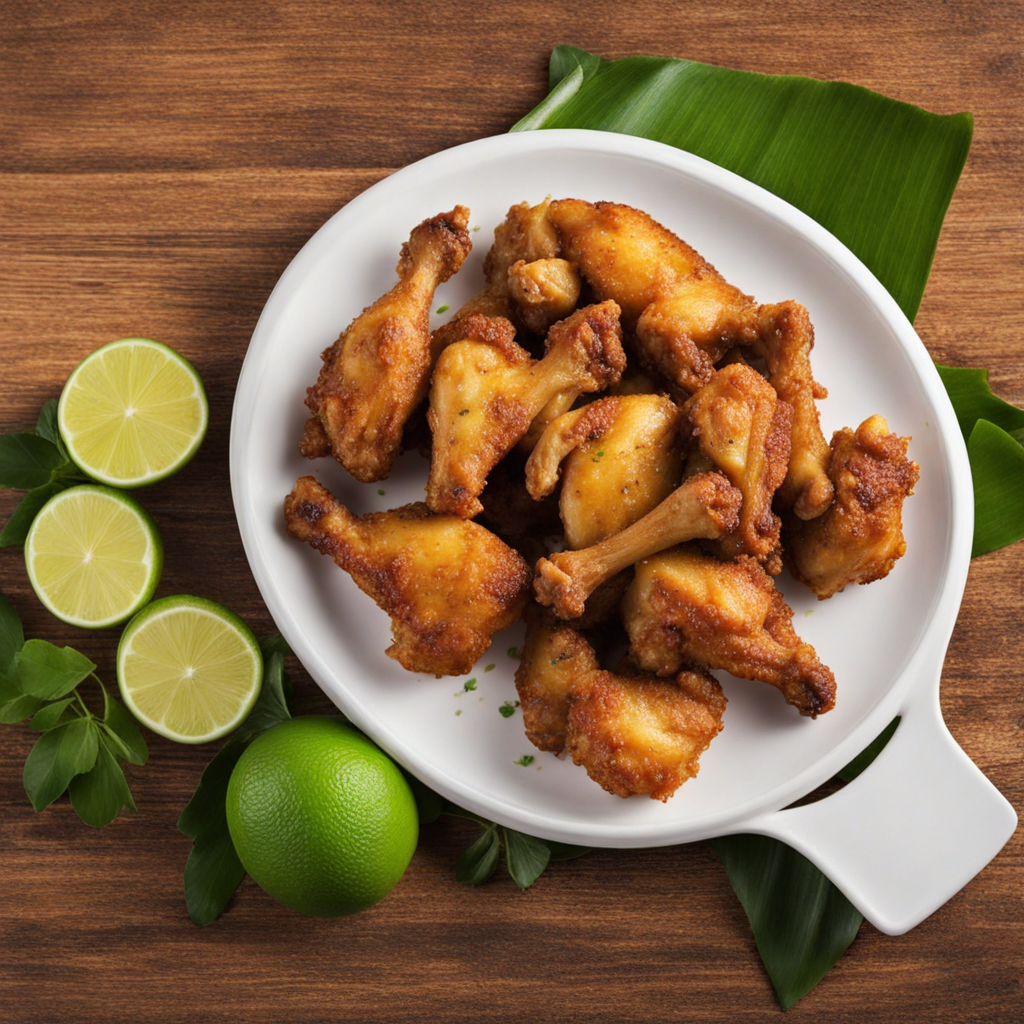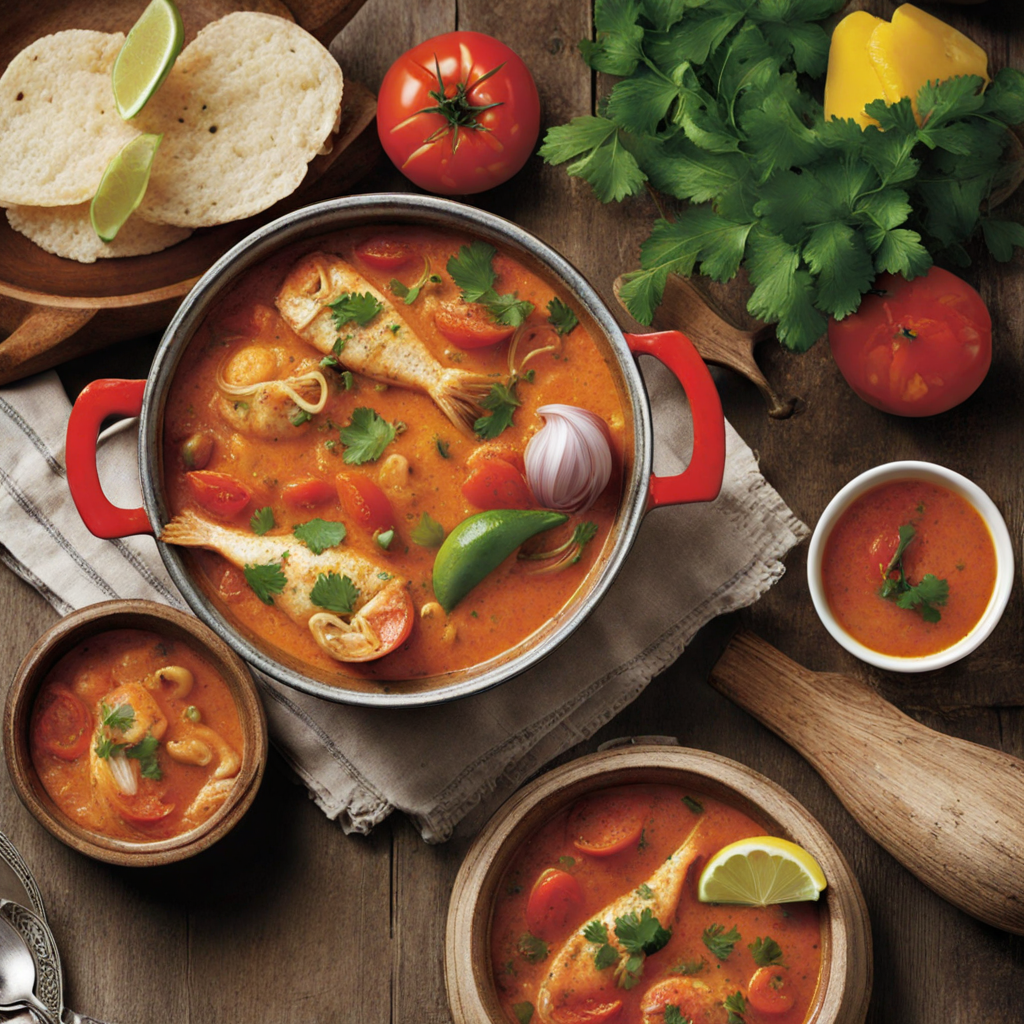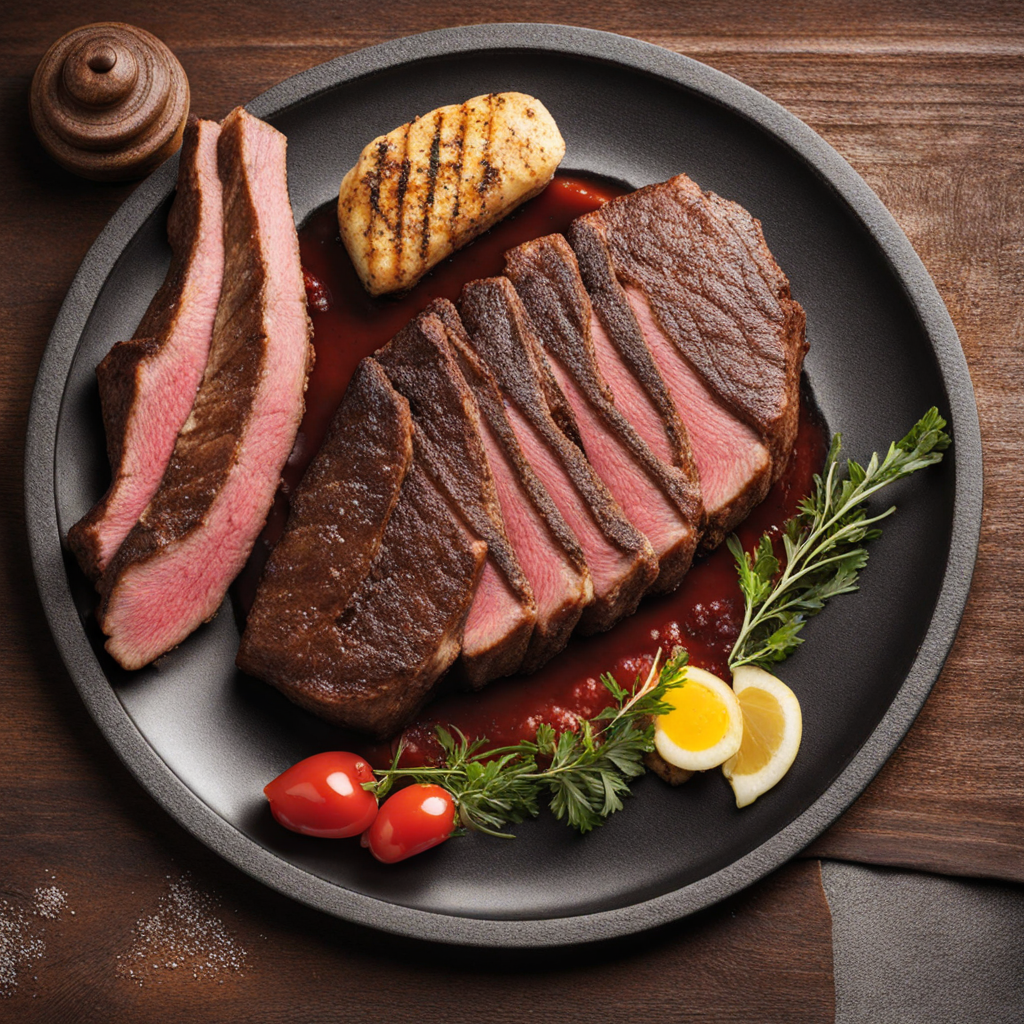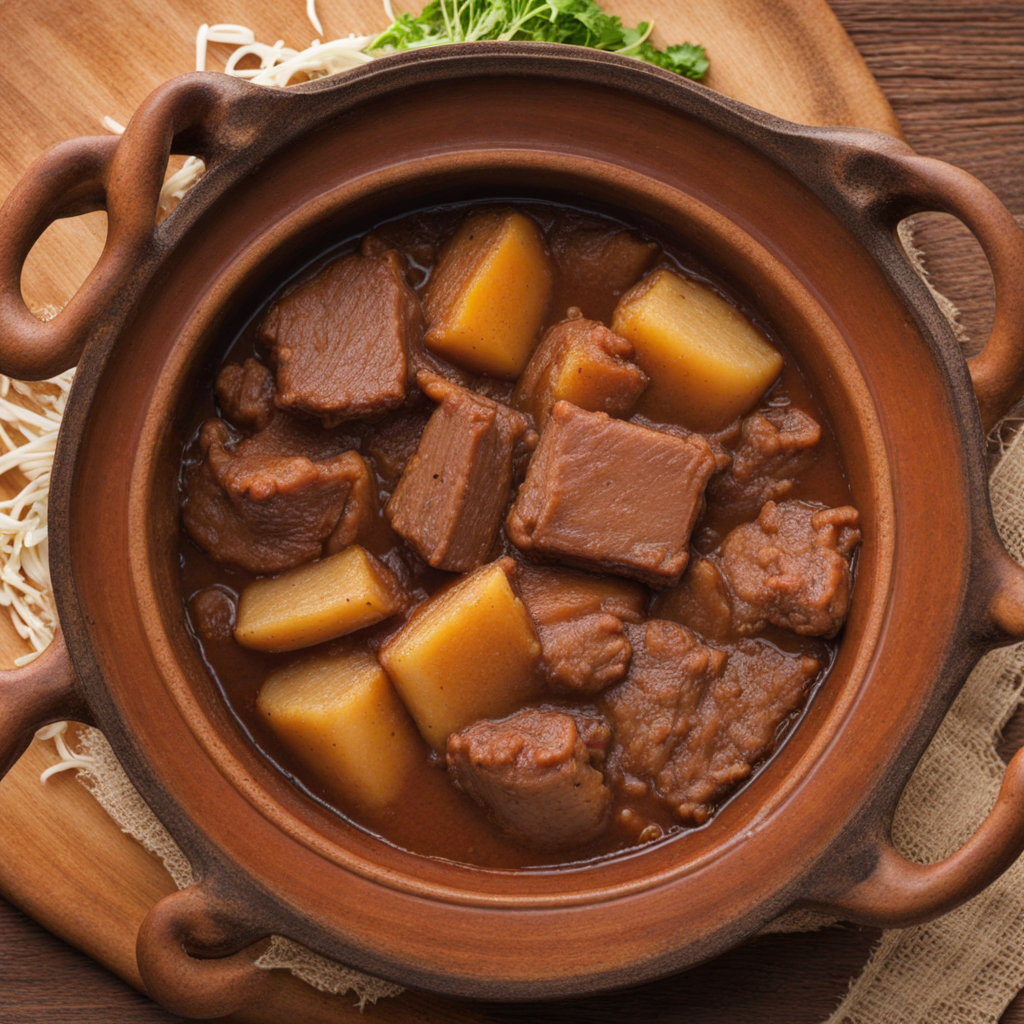Frango à Passarinho
Frango à Passarinho is a delightful Brazilian dish that showcases the country's rich culinary heritage through its unique flavor profile and preparation style. This dish primarily consists of marinated chicken pieces, typically cut into small, bite-sized portions, which are seasoned with a blend of garlic, lime juice, and various spices. The marinade infuses the chicken with a zesty and aromatic flavor, giving it a tantalizing edge that sets it apart from other poultry dishes. The combination of these ingredients creates a savory experience that is both comforting and exciting to the palate. The chicken is then coated in flour or breadcrumbs and deep-fried until golden brown, resulting in a crispy exterior that contrasts beautifully with the tender, juicy meat inside. This crunchy texture is a hallmark of Frango à Passarinho, making it a favorite among food enthusiasts. Often served with a side of fresh lime wedges, the dish invites diners to squeeze the citrus over the chicken to enhance its flavors further. The vibrant, crispy chicken is often accompanied by a dipping sauce, such as a tangy vinaigrette or a spicy chili sauce, adding an extra layer of taste that elevates the entire experience. In Brazil, Frango à Passarinho is not just a meal; it is a social experience often enjoyed during gatherings, parties, or casual get-togethers. Its finger-food nature makes it perfect for sharing, as diners can easily grab pieces to enjoy alongside refreshing beverages. The dish embodies the spirit of Brazilian cuisine, blending simplicity with robust flavors and providing a satisfying indulgence that is sure to leave a lasting impression on anyone looking to explore new culinary horizons.
How It Became This Dish
The Culinary Journey of Frango à Passarinho: A Brazilian Delight #### Origins and Early Influences Frango à Passarinho, or "little bird chicken," is a beloved dish in Brazilian cuisine, particularly in the northeastern and central regions of the country. Its origins can be traced back to the traditional practices of cooking whole birds, which date back to the indigenous peoples of Brazil and the Portuguese settlers who arrived in the 1500s. While the name suggests a connection to small birds, the dish primarily features pieces of chicken marinated in a blend of spices, garlic, and sometimes vinegar, then fried to a crispy golden perfection. The culinary roots of Frango à Passarinho are deeply intertwined with Brazil’s diverse cultural heritage. The indigenous peoples used local ingredients and methods to prepare their meals, while Portuguese colonizers introduced new spices and cooking techniques, including frying. The melding of these traditions gave rise to a rich tapestry of Brazilian gastronomy. The dish is often seen as a reflection of Brazil's ability to adapt and innovate, taking elements from various cultures to create something uniquely its own. #### Cultural Significance Frango à Passarinho is more than just a dish; it embodies a sense of community and celebration in Brazilian culture. It is commonly served in informal settings, such as family gatherings and barbecues, where the convivial atmosphere encourages sharing and enjoyment. Its preparation often involves friends and family coming together, making it a dish that fosters connections and camaraderie. The dish's cultural significance is also evident in its presentation. Traditionally, Frango à Passarinho is served with a side of rice, beans, and a green salad, making it a well-rounded meal. In some regions, it is accompanied by a tangy dipping sauce made from lime and chili, adding a refreshing contrast to the savory chicken. In the northeastern states, it is not uncommon to find Frango à Passarinho served in bars and restaurants alongside cold beer, further solidifying its status as a dish associated with leisure and socializing. In addition to its role in gatherings, Frango à Passarinho has become a staple in the Brazilian street food scene, showcasing the dish’s versatility and widespread appeal. Street vendors often sell it as a quick and satisfying snack, making it accessible to people from all walks of life. Its popularity has helped elevate Frango à Passarinho from a home-cooked favorite to a recognizable symbol of Brazilian culinary culture. #### Development Over Time The evolution of Frango à Passarinho can be divided into several key phases, reflecting broader trends in Brazilian society and gastronomy. Initially, the dish was prepared using traditional methods, with recipes varying from family to family and across regions. The basic preparation involved marinating chicken pieces, typically the smaller cuts with bones, in a mixture of garlic, salt, and spices, before frying them until crispy. This method was easy to adapt with local ingredients, allowing it to flourish in various Brazilian states. As Brazil underwent significant social and economic changes throughout the 20th century, so too did its food culture. Urbanization led to the migration of rural populations to cities, where traditional dishes were adapted to suit urban lifestyles. Frango à Passarinho found its way into urban eateries and bars, becoming a popular snack for city dwellers looking for quick and tasty options. The rise of fast food culture also influenced how the dish was prepared and served, with some vendors opting for quicker frying methods and pre-marinated chicken. During the late 20th century, Brazilian cuisine began to gain international recognition, with chefs and food enthusiasts showcasing its flavors and diversity. Frango à Passarinho became emblematic of this movement, representing the comfort food aspect of Brazilian gastronomy. Chefs started to experiment with the dish, introducing variations that included different spices and cooking techniques, such as baking or grilling. This innovation allowed Frango à Passarinho to maintain its traditional roots while appealing to modern palates. #### Contemporary Variations In recent years, Frango à Passarinho has seen a resurgence, particularly among younger generations who seek to embrace traditional recipes while incorporating contemporary culinary trends. Some chefs have reimagined the dish by using free-range or organic chickens, emphasizing sustainability and quality. Others have experimented with gluten-free batters or alternative frying methods, such as air frying, to cater to health-conscious diners. The dish is also experiencing a renaissance in the context of Brazilian fusion cuisine, where chefs blend elements of other culinary traditions with Brazilian flavors. For example, some restaurants have introduced international spices or sauces to the marinade, creating unique interpretations of Frango à Passarinho that appeal to a global audience. These creative adaptations reflect the ongoing evolution of Brazilian cuisine as it engages with global food trends while retaining its cultural significance. #### Conclusion Frango à Passarinho stands as a testament to Brazil's rich culinary heritage and its ability to adapt and innovate over time. From its humble beginnings rooted in indigenous and Portuguese influences to its status as a beloved dish in contemporary Brazilian culture, Frango à Passarinho encapsulates the spirit of community, celebration, and creativity that defines Brazilian gastronomy. As it continues to evolve, this dish remains a cherished symbol of Brazil's diverse culinary landscape, inviting people to share in its flavors and stories for generations to come. Whether enjoyed at a family gathering, a street vendor, or a fine dining establishment, Frango à Passarinho will always hold a special place in the hearts—and stomachs—of those who embrace its deliciousness.
You may like
Discover local flavors from Brazil







